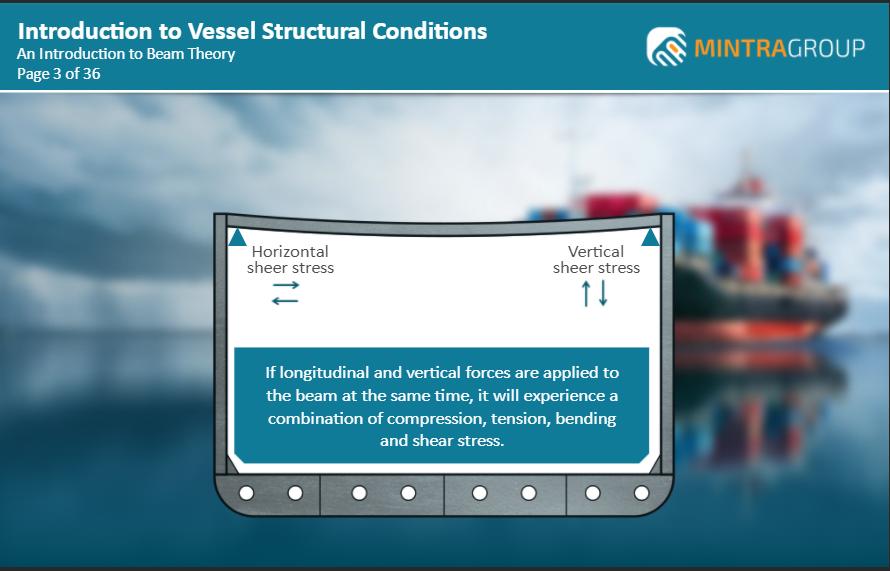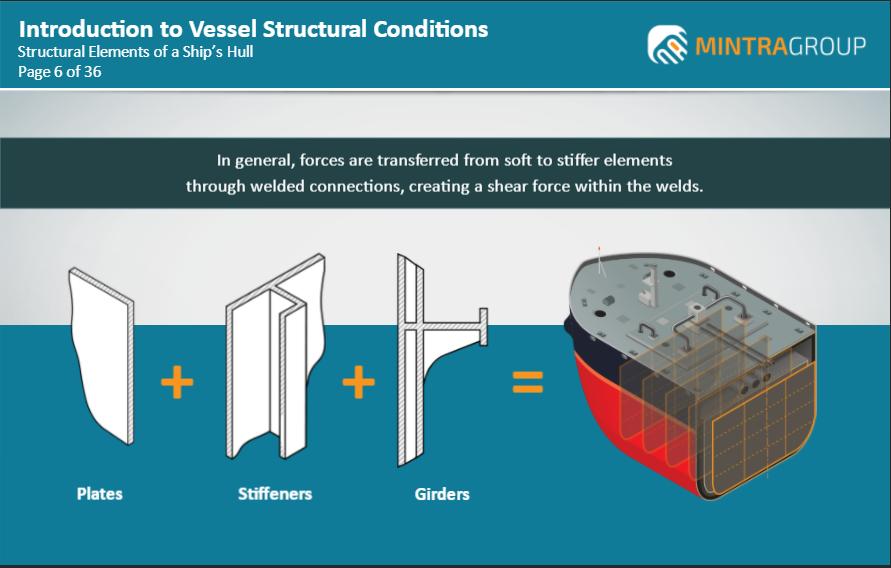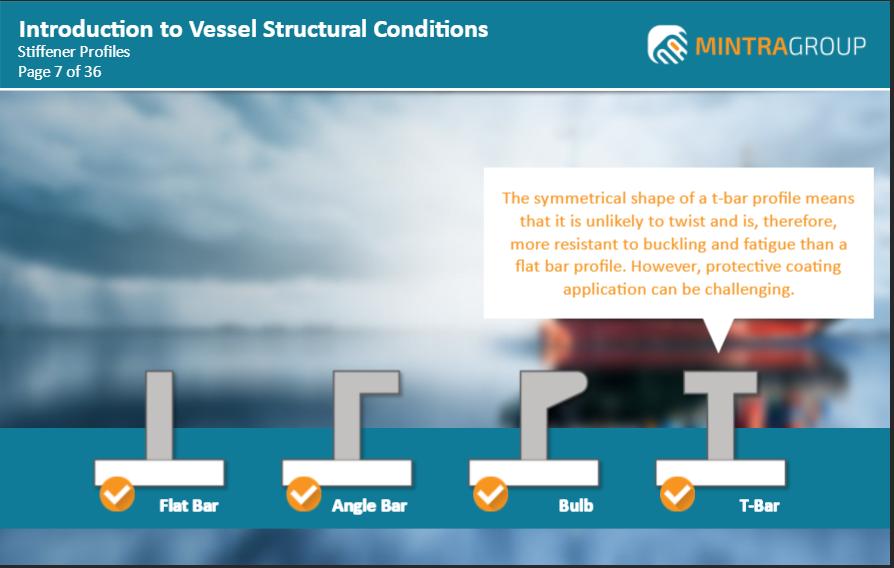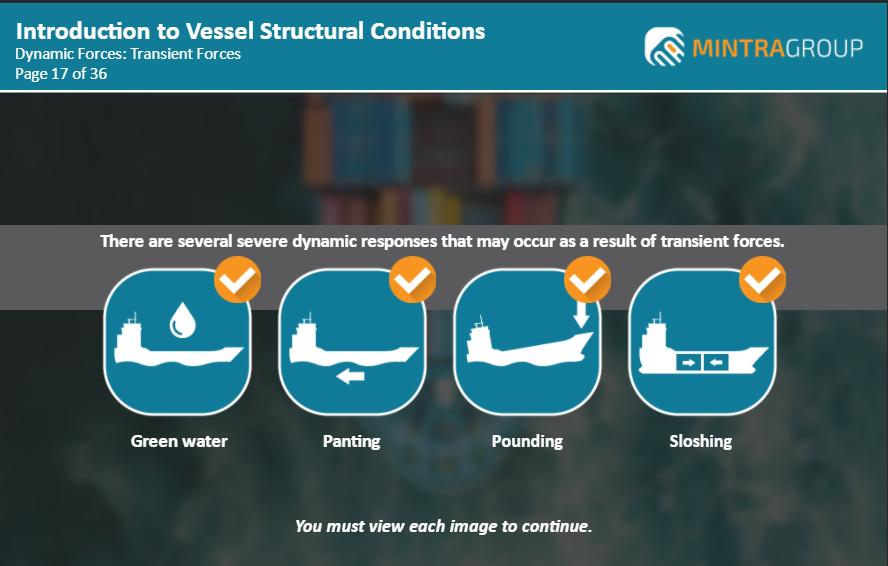Buy and assign to
multiple learners
Instant access
via email link
Instant certificate
via email
Further Information - Introduction to Vessel Structural Conditions Training
Description
Who is this course for?
This Introduction to Vessel Structural Conditions Training course is suitable for Maritime personnel who require an introduction to or awareness of vessel structures and potential risk factors.
Is previous experience required?
You do not need prior knowledge or experience to complete this course.
How will this course benefit me?
This course aims to provide crewmembers with an understanding of the structural risk factors and forces acting internally and externally on a vessel.
How will this course benefit my company?
By ensuring you have an understanding of the structural risk factors on a vessel.
What standards are referred to in this course?
This course does not refer to specific legislation or standards but is written according to industry best practices.
Is there an assessment?
Once you have completed the course, you will be asked a series of questions to check your knowledge and understanding. These are based on the learning objectives for the course and have a pass mark of 70%.
Learning Objectives
• Explain the basic principles of beam theory
• Describe the key elements that make up a ships structure
• Describe the key elements that make up a ships structure
• Describe the static and dynamic forces acting on a ship’s hull
• Identify common defects found in ship hulls
• Give a brief overview of the hull arrangements and critical areas for inspection for different ship types
• Describe the safe operating levels of a ship
• Explain the importance of good seamanship in reducing the effects of dynamic loads
Assessment
End of course assessment with a 70% pass mark.
System Requirements
• Internet access - users will need a device with a web browser and internet connection
• System - runs on computers, tablets and mobile devices using Windows 7 and above and MAC OS devices running IOS 11 and above
• Browsers - Edge, Chrome, Firefox and Safari
• Minimum browser size - none
• Audio - requires device speaker or headphones
Recommended Courses
Reviews
Insights & News
At Mintra, we're so much more than just a team—we're a force driving innovation and excellence in maritime training across Europe.
We’re excited to be taking the stage at one of Europe’s leading showcases of organisational learning.
We are delighted to share the exciting news that our People and Culture team has been shortlisted for the prestigious cHeRries Awards!




